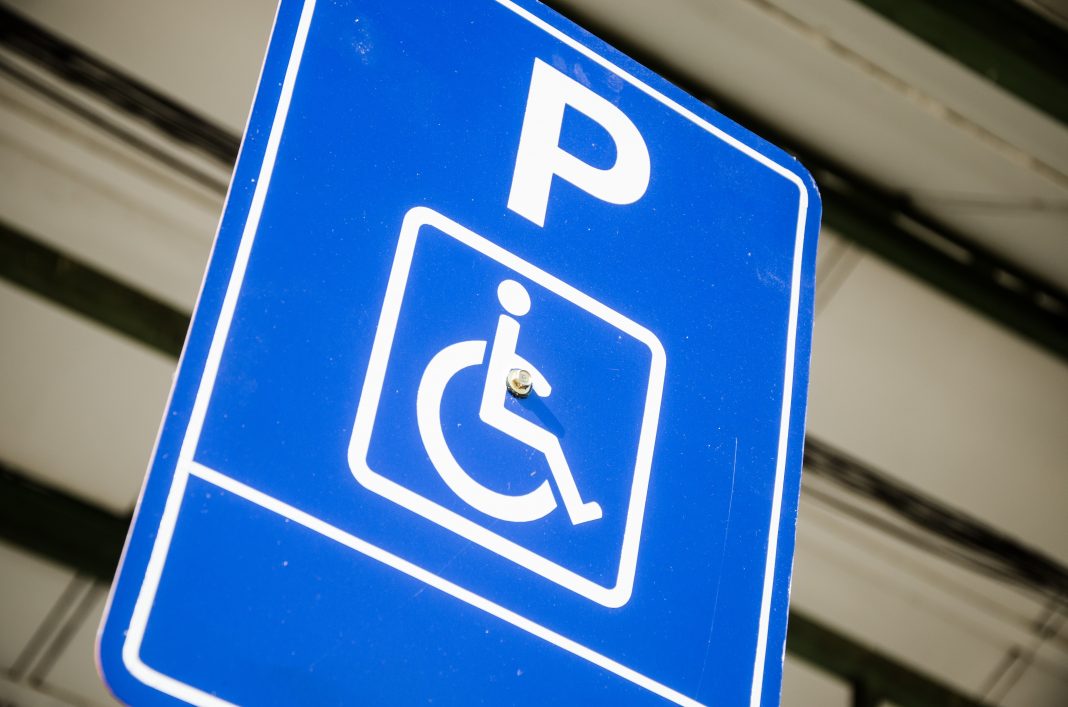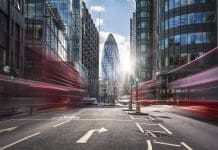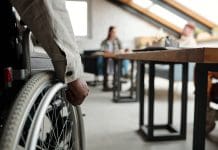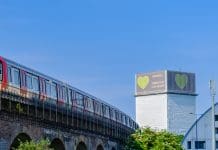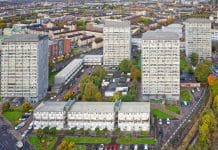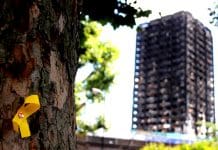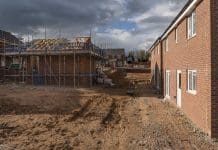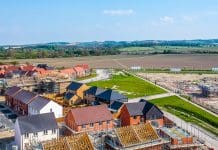Access consultant, Ian Streets says the government’s “Safer Public Spaces” document which claims to set out the design principles for safer urban spaces is no substitute for accessibility best practice
For half a year now we’ve found ourselves in the bizarre situation of having more space but less freedom as social distancing requirements set new boundaries on how we live and work.
The problem is that all too often those boundaries are blurred. For some people this provides the justification they need to interpret restrictions in a way that suits them, adding to the problems facing disabled people who are feeling even more marginalised.
A simple example is the removal of accessible parking bays outside a supermarket to create more space for people queuing to get in at busy times. Another is the government’s own “Safer Public Spaces” document which claims to set out the design principles for safer urban centres and green spaces.
It’s disappointing to see that although the document includes several reminders of the need to consider the requirements of disabled people when making changes to accommodate social distancing, it also has an unwelcome readiness to refer people to the appendix. We had a look and counted more than 40 links. By the time people have trawled through all of them it’s possible they’ll have forgotten what they were looking for, and some may decide that such effort provides an excuse to do nothing.
Given the eye-watering amounts of money which the government has thrown at flawed testing systems, ineffective PPE and other inadequate initiatives you’d have thought they might have come up with a modest amount to publish and update some dedicated, clear guidance which will help disabled people.
But for now, we have “Safer Public Spaces”, first published in May by the Ministry of Housing, Communities and Local Government and updated five times since, most recently in August, as restrictions have eased and more people have ventured out.
Safer Public Spaces guidance
The document includes case studies from towns and cities all over the country with a special mention for the lockdown in Leicester and links to the guidance for Northern Ireland, Scotland and Wales.
And guidance is what the document offers. The introduction makes clear that it does not impose legal restrictions, although the absence of a specific reference to the Equality Act should not be taken to mean that it doesn’t apply. It does, and failure to remember that should not absolve anybody from their responsibilities.
The contents are aimed primarily at local councils and town/city centre managers, landowners, commercial landlords responsible for public places and management companies.
The intention is to focus on areas which are likely to have high footfall and the most comprehensive pointer to those is the list of places in which the wearing of face masks is compulsory, although that has tended to change.
There is a reminder that not everybody is able to wear a face mask and that they present problems for people who rely on lip-reading, facial expressions and sound. There are also references to the need to consider the needs of disabled people in other scenarios, but the general approach and the absence of specific procedures make it essential to ensure you apply your existing accessibility measures and to seek expert advice if you have any doubts.
Avoid a ‘one-size fits all approach’
The potential for oversight is high because of the scale of the changes required. Faced with the need to ensure the wider population can negotiate new layouts safely and effectively, there may be a tendency to take a one-size-fits-all approach.
The section on traffic management calls for a balanced approach to take into account the needs of Blue Badge holders but it fails to recognise that introduction of a temporary pedestrianisation scheme can add to the problems for disabled people who suddenly find they have to park further from their destination.
There is also the potential for confusion over the recommendation to create more space for pedestrians by removing planters and other street furniture while at the same time allowing cafes, restaurants and pubs to place tables and chairs outside their premises.
Queuing is highlighted as one area of concern but there is a lack of guidance about how to communicate with disabled people about the sort of system that is in operation and how to find out in the first place whether someone has a hidden impairment which makes it difficult for them to wait in line for a long time.
The importance of signage to inform people of temporary changes is acknowledged, as is the need to use alternative languages and formats, but it overlooks other key points such as the style and location of information signs which will be relied upon by someone who has an impairment. Can the signs be viewed by someone in a wheelchair? Do they have the right tonal contrast to be read and understood by someone who is visually-impaired?
The sections on cleaning and on toilet and handwashing facilities don’t mention disability at all. Nor do the passages on “enclosed or semi-enclosed retail areas”, commercial buildings and transport hubs.
So if your job involves applying the various social distancing measures across an urban centre or green space read “Safer Public Spaces”, remember the needs of users of that area who have an impairment and be sure to apply the best practice that you would use in “normal” circumstances. You’re likely to find that easier than trawling through those 40 links.
About Access


